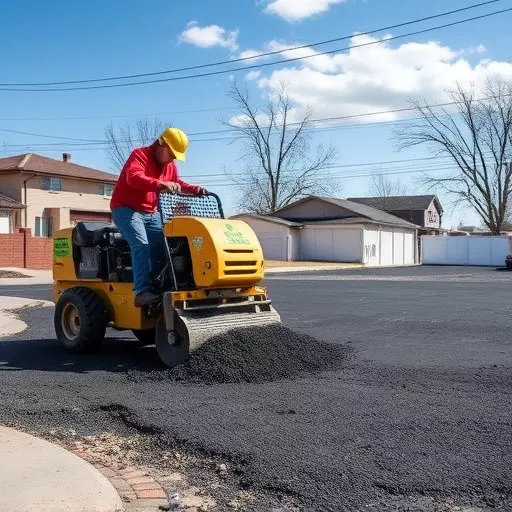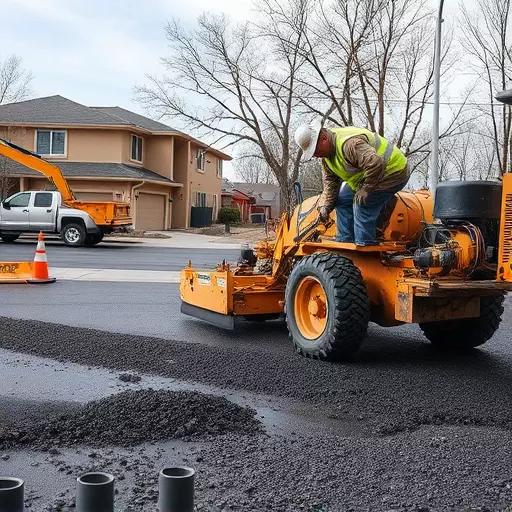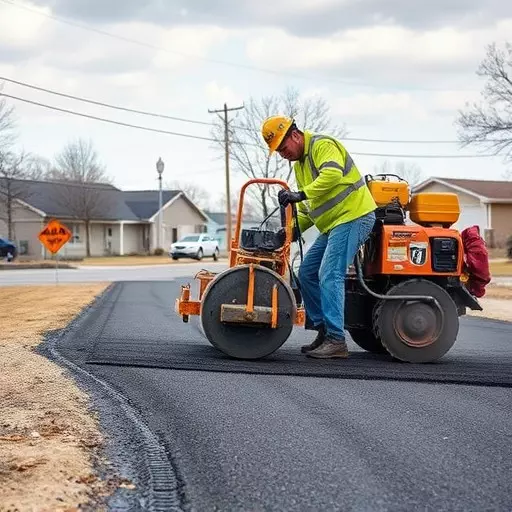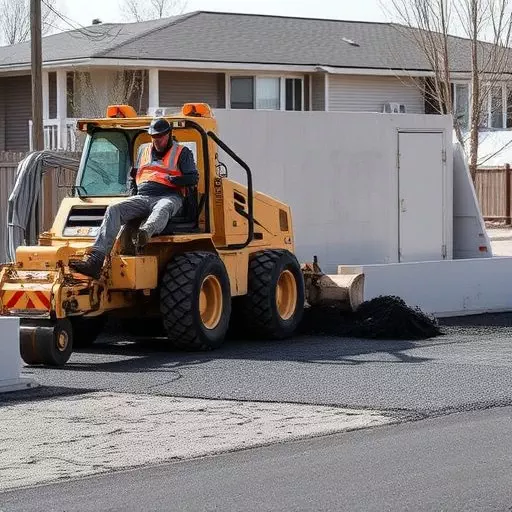Asphalt demolition in Toledo prioritizes sustainable urban development through eco-friendly practices by professional contractors. Techniques like pavement milling recycle existing asphalt, reduce waste, and preserve base materials. Other methods include hand-crushing and hot cutting, minimizing environmental impact with reduced fuel consumption, emissions, dust, and noise pollution. Adherence to best practices and local regulations ensures minimal disruption to flora and fauna, making Toledo a model for green asphalt removal.
Asphalt demolition is a significant process with notable environmental implications, especially in urban areas. For contractors like those in Toledo, understanding the impact of removing old pavement through methods such as milling is crucial. This article explores the environmental repercussions of asphalt demolition and introduces sustainable practices. We delve into common removal techniques, highlighting their effects on ecosystems and offering insights to make projects more eco-friendly. By embracing best practices, asphalt demolition contractors can minimize their footprint while contributing to a greener future.
- Understanding Asphalt Demolition and Its Environmental Repercussions
- Common Asphalt Removal Techniques and Their Sustainability Insights
- Best Practices for Minimizing the Environmental Impact During Asphalt Demolition Projects
Understanding Asphalt Demolition and Its Environmental Repercussions

Asphalt demolition is a critical process that involves the responsible removal and recycling of asphalt surfaces, such as roads, parking lots, and driveways. This practice is becoming increasingly important as cities and towns across Toledo and beyond focus on sustainable urban development. The traditional method of asphalt removal often includes techniques like pavement milling, which grinds up the existing asphalt into smaller pieces, allowing for easy collection and reuse or recycling.
The environmental impact of asphalt demolition cannot be overlooked. When done incorrectly, it can lead to significant pollution and waste. However, with proper management and eco-friendly practices, this process can contribute to a circular economy by reducing the need for new asphalt production. A professional asphalt demolition contractor in Toledo should employ sustainable techniques, ensuring minimal environmental damage while efficiently preparing sites for new infrastructure or land use changes.
Common Asphalt Removal Techniques and Their Sustainability Insights

The process of asphalt demolition involves several techniques that have varying sustainability implications. One common method is pavement milling, where an asphalt surface is shaved off layer by layer using specialized equipment. This approach is relatively eco-friendly as it allows for material reuse; the milled asphalt can be ground into smaller particles and utilized in new paving projects or as a road base. Additionally, pavement milling generates less dust and noise pollution compared to other removal methods, making it a preferred choice for urban areas.
Another prevalent technique is hand-crushing or hammering old asphalt to break it down into smaller pieces. While this method is labor-intensive, it is often employed when complete removal is not required. The reduced need for machinery results in lower fuel consumption and emissions. Furthermore, some asphalt demolition contractors in Toledo opt for hot cutting, which involves using heated blades to cut and remove asphalt. This process minimizes the generation of harmful fumes and dust, showcasing a more sustainable approach to pavement removal.
Best Practices for Minimizing the Environmental Impact During Asphalt Demolition Projects

During asphalt demolition projects, minimizing environmental impact is a shared responsibility between contractors and clients. An asphalt demolition contractor in Toledo, like any professional in this field, should employ best practices that prioritize sustainability. One effective technique is pavement milling, which involves removing the top layer of asphalt while preserving the underlying base material. This reduces waste since the recycled material can often be used for new pavement projects.
Additionally, using eco-friendly equipment and materials further lessens environmental harm. For instance, opting for quieter machinery reduces noise pollution, while selecting non-toxic solvents for cleaning ensures the safety of workers and surrounding ecosystems. Regular site monitoring and adherence to local regulations are also crucial steps in minimizing disruptions to local flora and fauna, ensuring a smoother and greener asphalt removal process.


